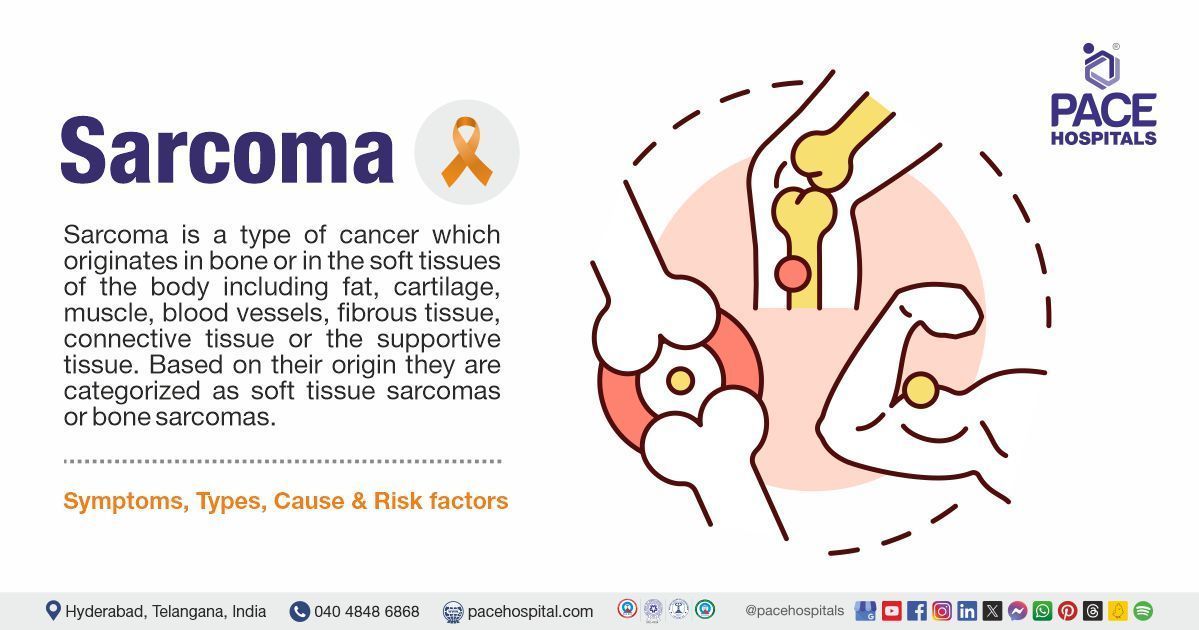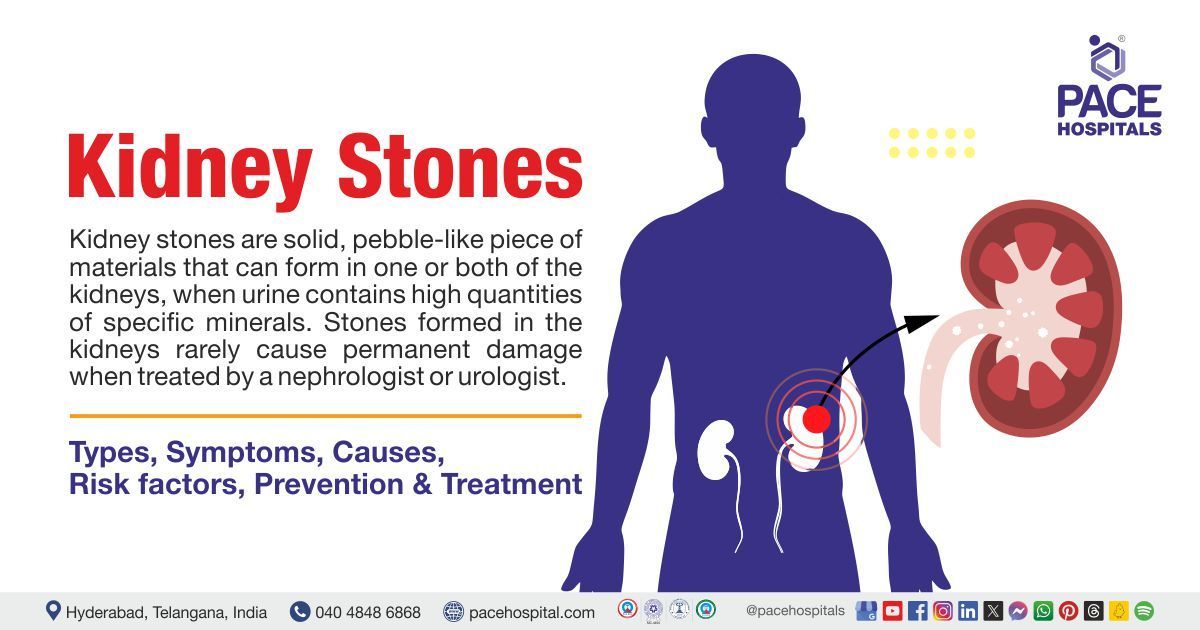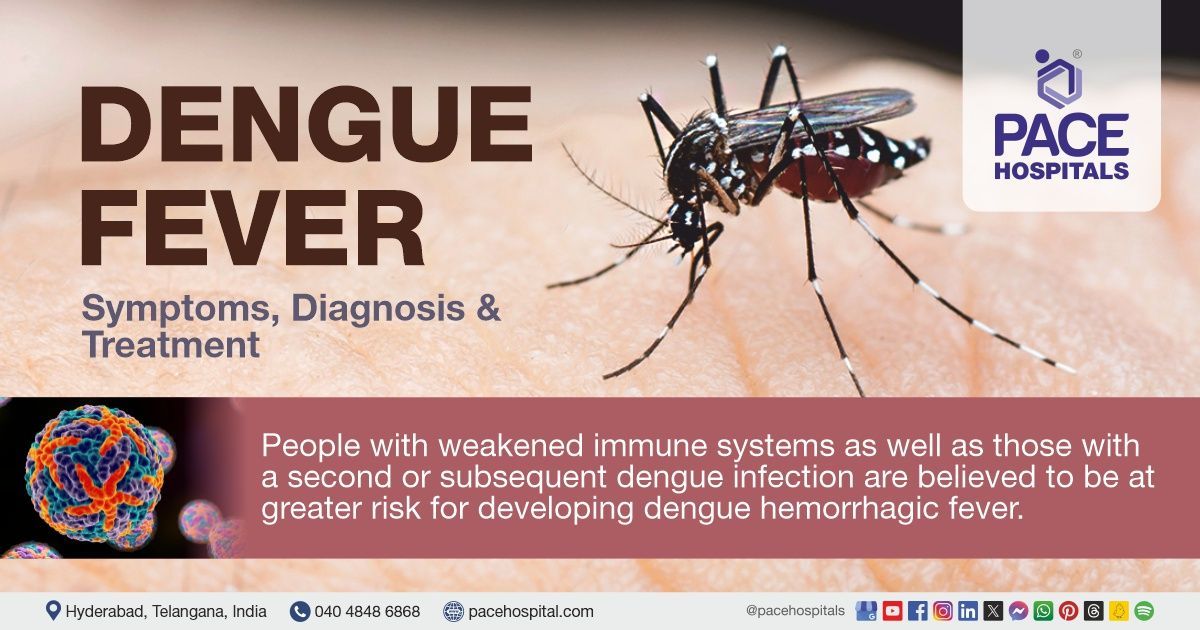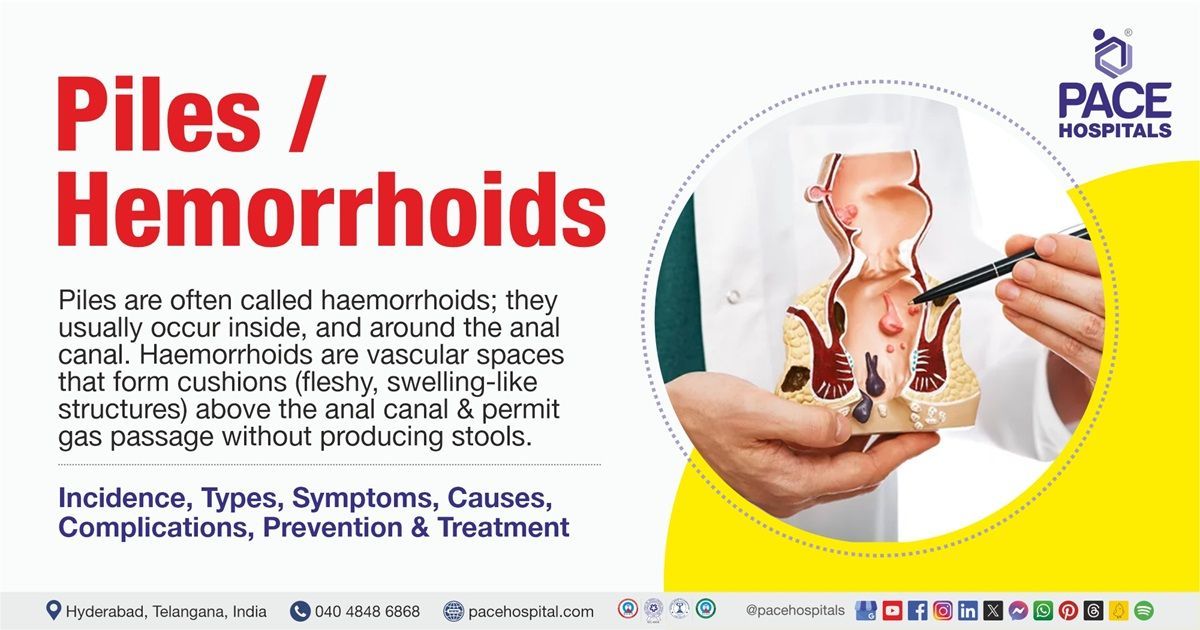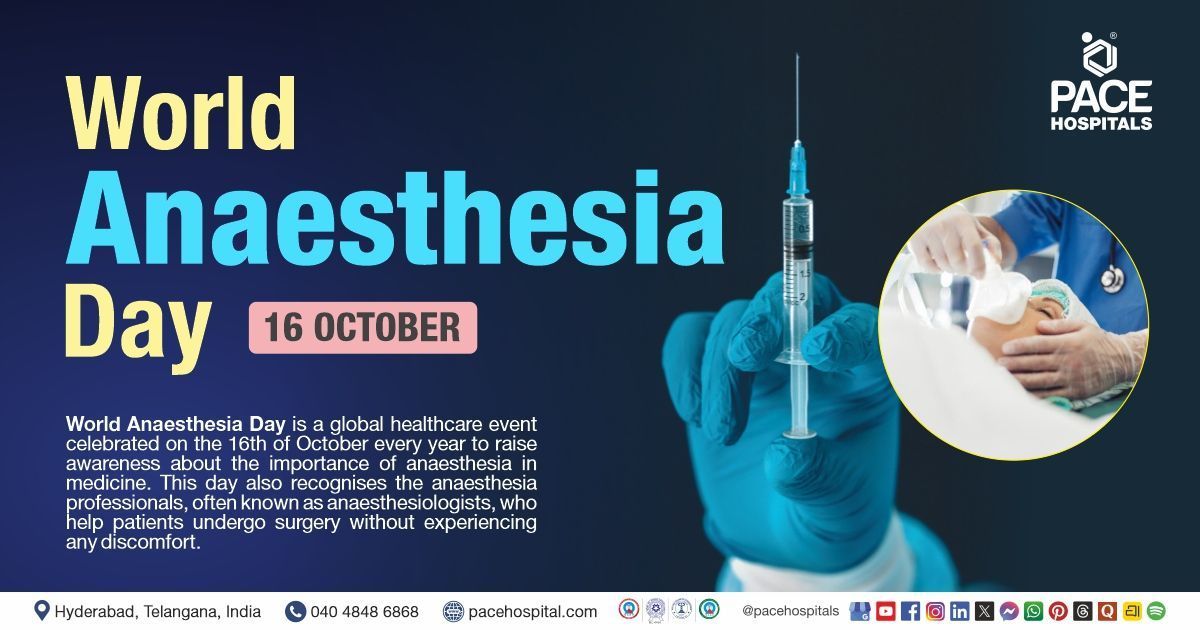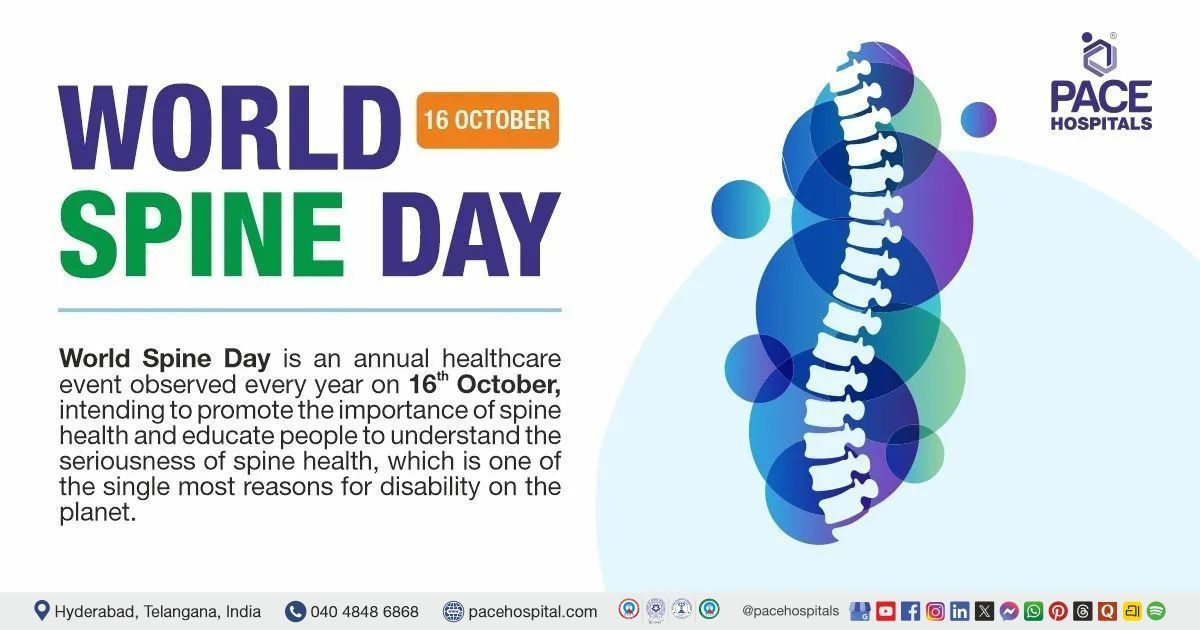Sarcoma: Symptoms, Types, Causes, Risk factors, Treatment & Prevention
Overview | Statistics | Types | Causes | Symptoms | Risk factors | Complications | Diagnosis | Treatment | Prevention | Carcinoma vs Sarcoma | FAQs | When to consult a Doctor
Sarcoma definition
Sarcoma is a type of cancer which originates in bone or the soft tissues of the body including fat, cartilage, muscle, blood vessels, fibrous tissue, connective tissue, or supportive tissue. Based on their origin they are categorized as soft tissue or bone sarcomas. There is no exact known cause of sarcoma but there are a few known factors such as bone diseases, exposure to certain chemicals, some genetic syndromes, lymphedema, and previous medical history of radiation or chemotherapy treatment which can increase the risk of developing sarcoma. Treatment of sarcoma usually involves a combination of chemotherapy, radiation therapy, and surgery. Sarcoma is treated by an oncologist.
Sarcoma meaning
The term sarcoma is derived from the Greek word ‘sarkoma’ which means fleshy substance; from “sarkoun” which means to produce flesh and grow fleshy.
Sarcoma Statistics
As per the 2024 statistics from SFA (Sarcoma Foundation of America) the estimated incidence of sarcoma in USA is 1 percent in adults and 15 to 20 percent in children. An estimated 17,560 cases are diagnosed with sarcoma, and around 7,250 deaths are expected in 2024.
Ewing sarcoma statistics
According to the American Society of Cancer about 1% of all childhood cancers are Ewing sarcomas and every year about 200 children and teens are diagnosed with Ewing sarcoma. It is slightly more common in males than females develop. The prevalence of this cancer is more common among White people, both non-Hispanic and Hispanic.
Kaposi sarcoma statistics
Kaposi sarcoma was rare in the US and only about 2 new cases found for every lakh people each year before the AIDS epidemic. Kaposi sarcoma rate increased more than 20 times peaking at 4.7 cases per lakh people per year in the early 1990s during the AIDS epidemic.
Sarcoma statistics in India
According to the data from five Population Based Cancer Registries (PBCR) of Bangalore, Mumbai, Chennai, Bhopal, and Delhi over a period of 30 years (between 1982 to 2011) Ewing sarcoma comprised about 15 percent of all bone malignancies. Soft tissue sarcoma accounts for less than 1 percent of all adult tumors and 15 percent of pediatric tumors.

Types of Sarcomas
A sarcoma can start in any part of the body because bone and soft tissues can be found nearly everywhere in the body. There are many types of sarcoma cancers, and most of them develop in soft tissues or bones. Based on where they develop sarcoma is categorized into soft tissue sarcoma and bone sarcomas. The most common type of sarcoma is soft tissue sarcoma. These two different types of sarcoma cancer are briefly described below:
- Soft tissue sarcoma: This type of sarcoma originates in soft tissues such as fat, muscle, blood vessels, lymphatic vessels, nerves, tendons, and cartilage of the body. They usually develop in the arms, legs, chest, or abdomen and can occur in both adults and children. They are found in the trunk, head, and neck area, internal organs, and in the back area of the abdominal cavity (called retroperitoneum). There are about more than 50 types of soft tissue sarcoma of which some are quite rare, and the main types are listed below:
- Kaposi sarcoma: It is a type of sarcoma which starts in the cells that line lymph or blood vessels. This sarcoma is caused by a virus which can cause disease in individuals with a compromised immune system, such as people with AIDS. It most commonly affects the skin, mouth, and internal organs.
- Adult fibrosarcoma: This type of sarcoma usually affects the fibrous tissue of legs, arms, or trunks. It can occur in people of any age and is more common in people aged between 20 and 60.
- Angiosarcoma: This type of sarcoma, when it starts in blood vessels, is called hemangiosarcoma’s and when they start in lymph vessels, they are called lymphangiosarcomas. These sarcomas sometimes originate in parts of the body treated with radiation therapy.
- Alveolar soft part sarcoma: This is a rare type of cancer which mostly affects young adults and commonly originates in the legs.
- Clear cell sarcoma: It is a rare type of sarcoma which often begins in tendons of arms or legs. This sarcoma has features of malignant melanoma under microscopic studies. It is unknown how this sarcoma occurs in parts of the body other than the skin.
- Fibro myxoid sarcoma: It is a slow growing cancer which often starts with painless growth in the trunk or arms and legs especially in the thigh. This sarcoma is sometimes called Evan’s tumor and is seen more in young to middle aged adults.
- Leiomyosarcoma: It is a type of cancer which starts in smooth muscle tissues and usually occurs in the abdomen but can also occur in arms or legs or the uterus.
- Liposarcomas: This type of sarcomas occurs in fat tissues. They are malignant tumors and can originate in any part of the body but particularly occur in the thigh, behind the knee, and inside the back of the abdomen. They are mostly seen in adults aged between 50 and 65 years.
- Synovial sarcoma: It is a malignant tumor of tissue around joints and occurs in the hip, knee, ankle, and shoulder areas. It is mostly seen in children and young adults but may also occur in elderly patients.
- Dermatofibrosarcoma protuberans: This type of sarcoma grows in nearby tissues and can rarely spread to distant sites. It grows slowly and is a tumor of fibrous tissue beneath the skin, especially in the trunks and limbs.
- Hemangioendothelioma: It is a tumor of the blood vessel and is considered as a low-grade cancer which grows slowly. It starts in soft tissues or internal organs such as the liver or lungs. It often spreads to nearby tissues and sometimes can spread to distant sites.
- Fibromatosis: Also called desmoid tumors and scientifically called musculoaponeurotic fibromatosis, or just aggressive fibromatosis. It is a fibrous tissue tumor with features of fibrosarcoma and benign tumors such as fibromas.
- Neurofibromas: These are benign tumors of nerve tissue. Neurofibromas of large nerves that are present in the upper arms and neck become cancerous. These neurofibromas are common in individuals with an inherited condition called neurofibromatosis.
- Granular cell tumors: These are benign tumors of adults which begin in the tongue and can occur in any part of the body.
- Leiomyomas: These are benign tumors of smooth muscle which can be found anywhere in the body. They are found commonly in the walls of the uterus and are called fibroids.
- Solitary fibrous tumor: These sarcomas are most often benign and sometimes can be malignant. Some of them start in the areas of the thigh, underarm and pelvis also can also start in the tissue lining the lungs called the pleura.
- Infantile fibrosarcoma: This is the most common type of soft tissue sarcoma found in children under the age of 1 year. It grows gradually and is less likely to spread to organs other than adult fibrosarcoma.
- Bone sarcoma: It is a primary bone cancer which means that cancer starts within the bone tissue and develops tumor. It can develop in any part of the body but most commonly occurs in the arms, legs, and pelvis. Many bone sarcomas are benign (which are non-cancerous) and bone sarcomas which are malignant (cancerous) are quite common and account for less than 1 percent of all diagnosed cancers. Following are some of the types of bone sarcoma:
- Osteosarcoma: Also called osteogenic sarcoma, starts in cells within the bone and occurs in the ends of long bones, such as those in the arms or legs. Occasionally they can also occur in bone of pelvis, head or neck. It is most commonly seen in teenagers but can also occur in elderly people and is found in connection with certain rare inherited conditions which raise the risk of cancer.
- Chondrosarcoma: This sarcoma cancer begins in the cartilage which is a flexible connective tissue in joints between the bones. It is often found in the pelvis, upper leg, and shoulder bones, and symptoms include pain associated with a swelling or a lump at the site of the tumor.
- Ewing sarcoma: This type of sarcoma cancer can occur in any bone of the body, and it can also occur in soft tissues such as muscles or connective tissues. Though this sarcoma is more common in children and adolescents it may also occur in adults who have a more difficult treatment path for this condition. The pelvis, thigh, lower leg, upper arm, and chest wall are the most commonly affected areas of Ewing sarcoma.
- Chordoma: It is a type of bone sarcoma which occurs in the skull or the spine including the sacrum which is the lowest portion of the spine. Based on the location of the tumor the symptoms can vary, for example a chordoma in the skull causes symptoms of headache and a chordoma in the spine causes numbness in the arms and legs.
- Giant cell tumors: This type of sarcoma is generally benign, but they grow quickly and sometimes become malignant (cancerous). They develop near the ends of the long bones, near the joints.
- Spindle cell sarcoma: These sarcomas are rare and are similar to osteosarcomas but can’t produce the bony substance called osteoid, which osteosarcomas do. The bones of the legs are the most common sites of tumor, and these sarcomas are seen more commonly in adults aged between 30 to 60 years.
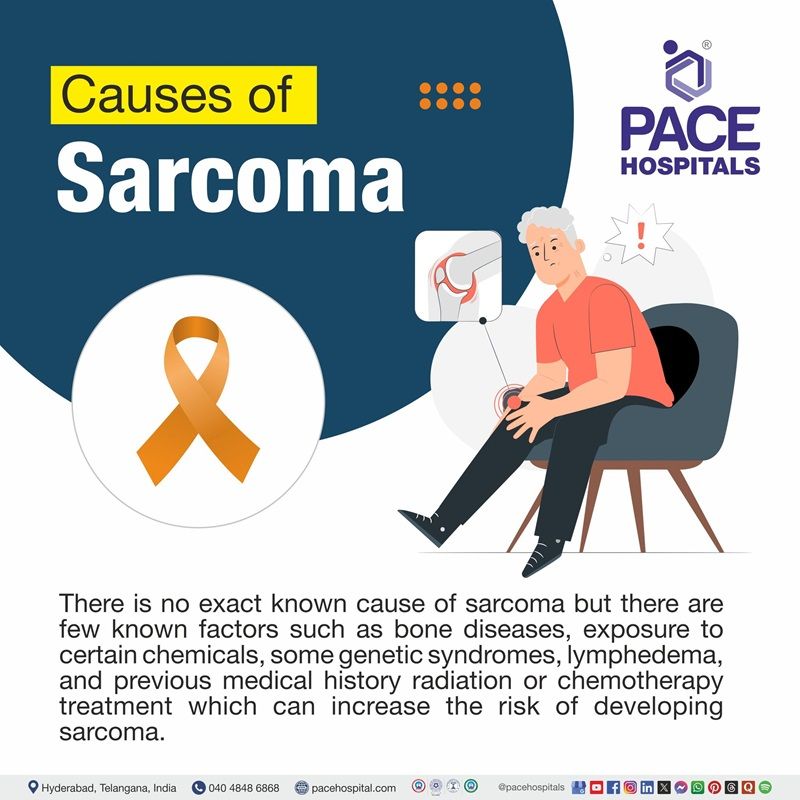
Sarcoma Causes
There is no exact known cause of sarcoma but there are a few known factors such as bone diseases, exposure to certain chemicals, some genetic syndromes, lymphedema, and previous medical history of radiation or chemotherapy treatment which can increase the risk of developing sarcoma.
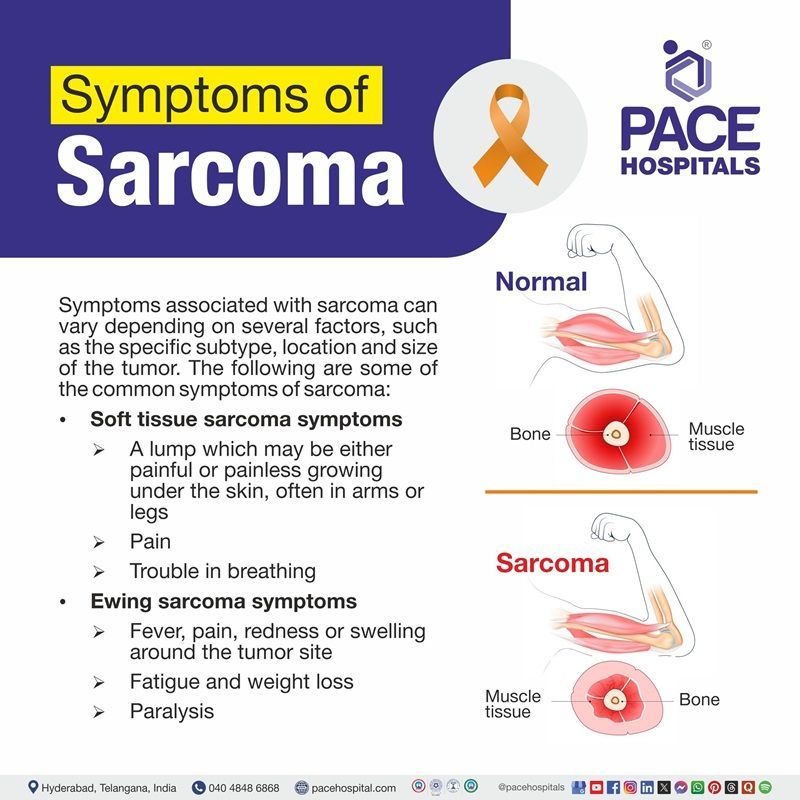
Sarcoma Symptoms
Sensations associated with sarcoma can vary depending on several factors, such as the specific subtype, location, and size of the tumor. Initially, the tumor may be painless, but as it grows, it may become large and will be felt, cause discomfort. A painless lump or swelling in a bone or soft tissue is the first sign of sarcoma. As the condition progresses other symptoms may develop.
Soft tissue sarcoma symptoms
The symptoms of soft tissue sarcoma depends on where the tumor is located. Common symptoms of soft tissue sarcoma are as follows:
- A lump which may be either painful or painless and growing under the skin, often in arms or legs
- Pain
- Trouble breathing
Ewing’s sarcoma symptoms
Individuals with Ewing sarcoma experience symptoms differently. The following are some of the common symptoms of Ewing sarcoma:
- Pain around the tumor site
- Redness or swelling around the tumor site
- Fever
- Fatigue
- Weight loss
- Paralysis
- Numbness, tingling sensation due to nerve compression.
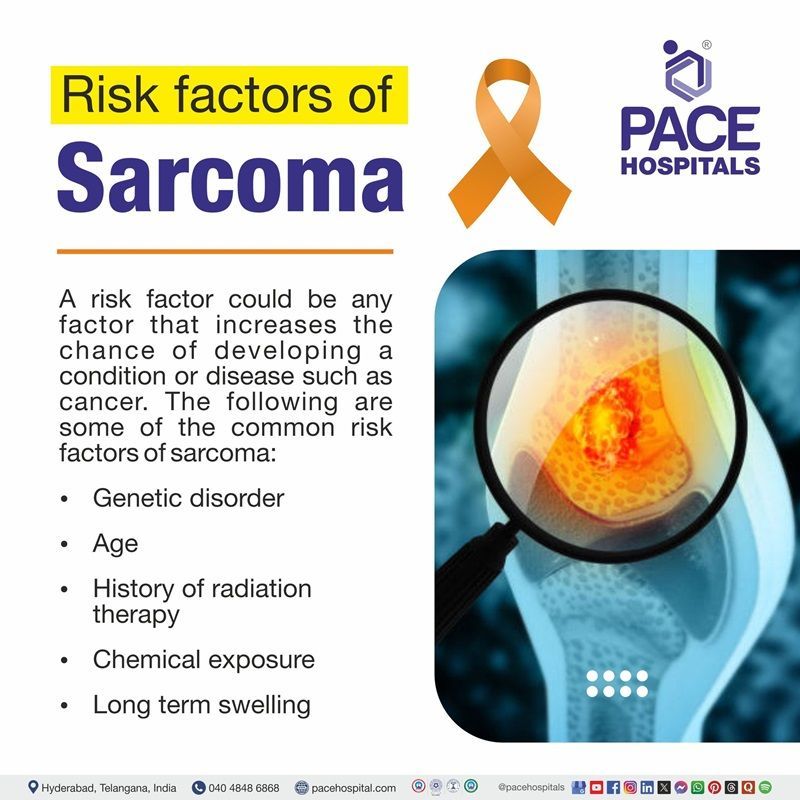
Sarcoma Risk Factors
There is no exact known cause of cancer but there are several factors that can increase an individual’s risk of developing sarcoma. The following are some of the common risk factors for sarcoma:
- Genetic disorder: Individuals with a family history of inherited disorders such as Von Recklinghausen’s disease (neurofibromatosis), Gardner syndrome (rare, inherited disorder that causes abnormal growths in the colon and rectum), Werner syndrome (rare genetic disorder causing premature aging), tuberous sclerosis (non-cancerous tumors growing in the brain and various parts of the body), nevoid basal cell carcinoma syndrome (a rare genetic disorder that increases the risk of developing skin cancer), Li-Fraumeni syndrome (an inherited condition which increases the risk of developing several types of cancer) or retinoblastoma are at higher risk of developing sarcoma.
- History of radiation therapy: Individuals who have undergone radiation therapy for treating previous cancer are at higher risk of developing sarcoma.
- Chemical exposure: When an individual is exposed to certain chemicals such as vinyl chloride monomer, dioxin or arsenic the risk of developing sarcoma increases. Although most sarcomas are not known to be associated with specific environmental hazards.
- Long term swelling: Individual having swelling or lymphedema in the arms or legs for a long period have an increased risk of developing sarcoma.
Soft tissue sarcoma risk factors
A risk factor could be any factor that increases the chance of developing a condition or disease such as cancer. The following are some of the risk factors for soft tissue sarcoma:
- Age: Though soft tissue sarcomas can occur at any age, like most cancers the risk of cancer increases with increasing age. Around 40 percent of soft tissue sarcomas are diagnosed in the age group of 65 years or older and about 10 percent, that is 10 in 100 sarcomas are diagnosed in patients younger than 30 years.
- Previous radiotherapy: Less than 1 in 100 patients who have undergone radiotherapy for treating other cancers have a risk of developing sarcoma in the future. Depending on the person’s age, location of the cancer and dose of radiotherapy the risk of sarcoma increases.
- Radiation: The ionizing radiation which is present in the environment increases the risk of developing sarcoma. The risk of sarcoma was high in individuals who were exposed to atomic explosions in Japan during World War II.
- Exposure to chemicals: Several chemicals can possibly increase the risk of some types of cancer. As per International Agency for Research on Cancer (IARC), chemicals such as radioiodine’s including iodine-131, polychlorophenols, 2,3,7,8-tetrachlorodibenzo-para-dioxin can increase the risk of soft tissue sarcoma.
- Family history: Rare genetic conditions can increase the risk of developing sarcoma. Individuals with family history of inherited disorder are at higher risk of developing sarcoma.
Ewing sarcoma risk factors
Ewing sarcoma is a rare type of sarcoma. Only a few factors are known to increase the risk of Ewing sarcoma and following are some of them:
- Age: This type of sarcoma is most common in older children and teens and is less common in younger children and young adults.
- Chromosomal changes: Most of the Ewing sarcoma have EWSR1 (Ewing sarcoma breakpoint region 1) gene changes located on chromosome 22. This usually occurs when there is a swap of pieces of genetic material between chromosomes 22 and 11. This can lead to the overgrowth of cells and the development of Ewing sarcoma.
- Race and ethnicity: Both Hispanic and Non-Hispanic whites are at higher risk of developing Ewing sarcoma among all racial groups in US. This sarcoma is less common in Asian Americans and is rare in African Americans.
- Gender: In men there is a slightly higher risk of developing Ewing sarcoma than women.
Sarcoma Complications
There is always a risk of complications following a disease condition. Early sarcoma treatments had a risk of high frequency of hematological toxicity and even patient deaths, but newer sarcoma treatments are better tolerated and do not have the same degree of myelosuppression and complications. The following are some of the common complications of sarcoma:
- Surgical complications: After any surgical procedure there is always a risk of complications. Some of these complications can occur right after the surgery and some may occur later. Common surgical complications include:
- Infection: There is always a risk of infection following a surgical procedure and antibiotics are prescribed after surgery to prevent infections.
- Blood clots: Blood clots may occur following surgery when the patient has no physical activity and when there is no movement in the body. It is important for the patient to move around and have some movements to prevent clot formation.
- Phantom limb sensation: A patient may feel the phantom limb sensation after the surgical procedure of removal of the limb. The patient may feel like the amputated limb is still there.
- Radiation therapy complications: The frequency of complications in radiotherapy depends on the timing and the dose of radiation delivered. The wound healing delay, which occurs in 50 percent of patients is the most common complication. Subcutaneous fibrosis, impaired joint mobility, and lymphedema are other complications associated with radiation therapy. Post operative radiotherapy is associated with increased risk of bone fracture, fibrosis, joint stiffness, and edema.
- Chemotherapy: Toxicity with first line treatment of anthracycline includes myelosuppression, mucositis (painful inflammation of mucous membrane), alopecia (hair loss), fatigue (tiredness), nausea, vomiting, cardiotoxicity, hemorrhagic cystitis, salt wasting nephropathy, and central nervous system toxicity.
Sarcoma Diagnosis
Diagnosis of sarcoma depends on careful and thorough examination and for an accurate diagnosis it is important to distinguish sarcomas from benign and as well as from other cancers. The following are the steps involved in diagnosing sarcoma:
- Initial evaluation
- Medical history
- Physical examination
- Diagnostic tests
- Laboratory testing
- Complete blood count
- Blood Chemistry Studies
- Imaging studies
- Ultrasound
- X ray
- Computed tomography
- Magnetic resonance imaging
- Bone scan
- Positron emission tomography (PET) scan
- Biopsy techniques
- Core biopsy
- Surgical biopsy
- Endoscopic biopsy
Sarcoma Treatment
Treatment of cancer depends on a variety of factors such as type of tumor, age of the patient, whether the cancer is new or recurrent, tumor’s location, grade and size. The treatment of sarcoma generally involves a combination of surgery, chemotherapy, radiation therapy and immunotherapy. In individuals with primary tumors, radiation therapy is used in conjunction with surgery (either before or after) in order to reduce the risk of tumor recurrence. The following are the steps involved in treating sarcoma:
- Surgery
- Mohs micrographic surgery
- Wide local excision
- Limb-sparing surgery
- Amputation
- Lymphadenectomy
- Radiation therapy
- External radiation therapy
- Internal radiation therapy
- Chemotherapy
- Targeted therapy
- Tyrosine kinase inhibitor therapy
- Histone methyltransferase inhibitor therapy
- Immunotherapy
Why Choose PACE Hospitals?
Expert Super Specialist Doctors
Advanced Diagnostics & Treatment
Affordable & Transparent Care
24x7 Emergency & ICU Support
Sarcoma Prevention
The prevention of sarcoma does not exist. As per medical experts, there are no causes related to lifestyle or environment, this means that there is no proven way to prevent the development of these tumors. Genetic conditions which may increase the risk of developing sarcoma cannot be changed. However, early screening can help in preventing further disease progression.
Difference between Carcinoma and Sarcoma
Carcinoma vs Sarcoma
Carcinoma and sarcoma are both types of cancers, carcinoma develops in skin or tissue cells that line the body’s internal organs such as the kidney and liver whereas sarcoma develops in bones or soft tissues. The following are some of the key parameters that differentiate between carcinoma and sarcoma:
| Parameters | Carcinoma | Sarcoma |
|---|---|---|
| Definition | It originates in the epithelial tissues of the skin or in the tissues which line the internal organs such as liver or kidneys. | It is a type of cancer which originates in bone or in the soft tissues of the body including fat, cartilage, muscle, blood vessels, fibrous tissue, connective tissue, or supportive tissue. |
| Causes | Excessive usage of alcohol, tobacco use, physical inactivity, obesity, Exposure to radiation are some of the lifestyle factors which are linked to carcinoma. | There is no exact known cause of sarcoma. |
| Symptoms | Lump formation anywhere in the body, fever, fatigue, weight loss are some of the common symptoms of carcinoma. | A painful or painless lump growing under the skin, often in arms or legs; pain; trouble in breathing; redness or swelling around the tumor site; fever; fatigue and weight loss. |
| Treatment | Treatment of carcinoma generally includes a combination of surgery, chemotherapy, and radiation therapy. | Treatment of sarcoma usually involves a combination of surgery, chemotherapy, radiation therapy, and immunotherapy. |
Frequently Asked Questions (FAQs) on Sarcoma
Is sarcoma cancer curable?
Yes, sarcoma is curable, and the treatment usually involves a combination of surgery, radiotherapy, chemotherapy, and immunotherapy. The treatment of sarcoma generally depends on the type, the location of the tumor, and how aggressive the tumor is. Cancers that are low grade are more likely to be cured easily whereas stage IV cancers are rarely curable.
Can sarcoma be treated with immunotherapy?
Immune checkpoint inhibitor therapy, a type of immunotherapy is used in treating sarcoma. Immune system cells, such as T cells, and some cancer cells have checkpoint proteins on their surface.
These checkpoints keep immune responses from being too strong and sometimes can keep T cells from killing cancer cells. T cells can kill cancer cells better when these checkpoints are blocked.
Can sarcoma be treated with chemotherapy?
Yes, sarcoma can be treated with chemotherapy. Based on the type and stage of sarcoma, chemotherapy is given as the main treatment or as an adjuvant to surgery. In this therapy, the drugs prevent the growth of cancer cells by killing the cells or by stopping their multiplication.
Can spindle cell sarcoma be cured?
Yes, spindle cell sarcomas can be cured. These are soft tissue sarcomas that originate in the bone and appear long and narrow like spindle shaped. Spindle cell carcinoma can vary on the basis of stage, and location of the tumor, and the treatment is usually a combination of chemotherapy, surgery, and radiation therapy.
Can a blood test detect sarcoma?
Blood tests do not directly detect sarcoma but help in checking the general health of the patient before performing a biopsy study. A complete blood count measures the levels and the quality of white blood cells (WBC), red blood cells (RBC), and platelets. Prothrombin time (PT), partial thromboplastin time (PTT), and international normalized ratio (INR) are some of the common blood clotting tests performed to check the clotting properties of the blood.
How to diagnose soft tissue sarcoma?
Diagnosis of soft tissue sarcoma usually involves a complete medical and family history, physical examination followed by imaging tests such as X-ray, CT (computed tomography) scan, MRI (magnetic resonance imaging), and lastly a biopsy technique to confirm the presence of cancerous tissue in extracted sample tissue.
Is Ewing sarcoma curable?
Yes, Ewing sarcoma is curable in many cases. It is a rare cancer that is more common in children and teens. Many patients are cured with chemotherapy, there aren’t many treatment options available for patients with relapsed disease. Usually, combination therapy can cure about 70 percent of young patients with localized disease but when the cancer is metastatic it does not respond to the treatment.
Can bone sarcoma show up on X ray?
X-ray is often the first imaging test performed if any bone cancer is suspected. Under X-ray examination the tumors may appear ragged instead of being solid or may look like a hole in the bone. Oncologists sometimes detect tumors that may extend into nearby tissues such as muscle or fat.
Can MRI diagnose soft tissue sarcoma?
Yes, magnetic resonance imaging can diagnose any type of cancer that could be a sarcoma and is better than computed tomography (CT) scan in evaluating sarcomas in legs and arms. This imaging study provides a detailed picture of the extent of the tumor, its location, size, and even the type of tissue it comes from (bone, fat, or muscle).
Does sarcoma show on CT scan?
Yes, computed tomography (CT) scan is an important imaging test in diagnosing sarcoma. This test is often done if an oncologist suspects a soft tissue sarcoma in the chest, abdomen or the retroperitoneum (the back of the abdomen) and is used to see if the sarcoma has spread to the lungs or other organs.
What is the last stage of sarcoma?
Stage IV is considered as the last stage of sarcoma. In this stage, cancer has spread to the nearby lymph nodes or other organs of the body. These are rarely curable but, in some cases, they may be cured when the primary tumor and all the areas of cancer spread are removed by surgery.
When to consult a doctor for sarcoma treatment?
Consult a doctor if you suspect Sarcoma, a rare cancer of bone or soft tissues that can be easy to miss early on. Because symptoms may be subtle or painless at first, prompt evaluation improves the chances of effective treatment.
Key warning signs:
- A firm lump that keeps growing, especially if painless
- A mass deeper than the skin or larger than 5 cm (about a golf ball)
- Night pain or pain at rest, not just after activity
- Unexplained fracture with minor injury
- Numbness, tingling, or weakness from a mass pressing on nerves
- Persistent swelling or fullness in the abdomen, pelvis, or limb
- Unexplained weight loss, fatigue, or low-grade fevers
If these symptoms are present, consult a sarcoma specialist such as an orthopaedic oncologist, surgical oncologist, or medical oncologist.
Share on
Request an appointment
Fill in the appointment form or call us instantly to book a confirmed appointment with our super specialist at 04048486868
Appointment request - health articles
Popular Articles


